|
Mycobank Taxonomy: Fungi, Dikarya, Basidiomycota, Agaricomycotina, Agaricomycetes, Boletales, Suillaceae, Suillus If Suillus species were placed under the Hogwarts sorting hat, most would be sorted into Slytherin. They are slimy and downright no good. Suillus ampliporus, on the other hand, would be sorted into Gryffindor because of its firm constitution. It was a pleasure to meet the this noble mushroom in the mossy boglands of northern Michigan. Also known as the larch bolete, S. ampliporus prefers soggy lowlands where it associates as a mycorrhizal fungus with tamarack (Larix laricina). Highlighted by the late afternoon sunshine on the first day of fall, these boletes greeted me in great numbers. I collected this mushroom and ate it mistakingly thinking it was Suillus spraguei. The two species can be differentiated by the fact that S. ampliporus has a hollow stem and its cap is brown and deeply felty whereas S. spraguei has a pinkish to red cap and a solid stem. True to its name, S. ampliporus also has wide, radiating pores that zigzag outwards from the stem in a beautiful pattern. S. ampliporus was known as S. cavipes only three years ago and still masquerades under that name. A comprehensive phylogenetic study of the genus conducted in 2016 showed that Suillus cavipes is actually a European species distinct from North American lookalikes. Thus, the name S. ampliporus was resurrected for our continent's prized larch bolete. I prepared S. ampliporus by chopping off the fibrous, lackluster stem and tossing any mushrooms that showed signs of maggot activity. I coated the caps with oil, salt, and pepper and grilled them with some onions in an aluminum foil boat. At first, the caps lost all their color and the mushrooms sweated a dark liquid. As the juices evaporated, the mushrooms began taking on color again, sometimes even bright red hues. The final product was delicious caps with a portobello-like texture and deep richness. I was extremely satisfied. SpecimenACD0177, iNaturalist #33239933; 20 September 2019; Alpena Co., MI, USA; leg. Alden C. Dirks, det. Alden C. Dirks, GenBank #MZ919172 (ITS rDNA), MICH 352182. ReferencesNguyen, N. H., Vellinga, E. C., Bruns, T. D., & Kennedy, P. G. (2016). Phylogenetic assessment of global Suillus ITS sequences supports morphologically defined species and reveals synonymous and undescribed taxa. Mycologia, 108(6), 1216–1228. https://doi.org/10.3852/16-106 Online Resources
2 Comments
Your comment will be posted after it is approved.
Leave a Reply. |
PermalinksProject Introduction Top EdiblesHericium coralloides
Laetiporus sulphureus Morchella americana Polyporus umbellatus Suillus ampliporus Archives
April 2023
Categories |
|
|
Terms of Use, Liability Waiver, and Licensing
The material on aldendirks.com is presented for general informational and educational purposes only, and under no circumstances is to be considered a substitute for identification of an actual biological specimen by a person qualified to make that judgment. Some fungi are poisonous; please be cautious. All images on this website are licensed under Attribution-NonCommercial-NoDerivatives 4.0 International (CC BY-NC-ND 4.0). |
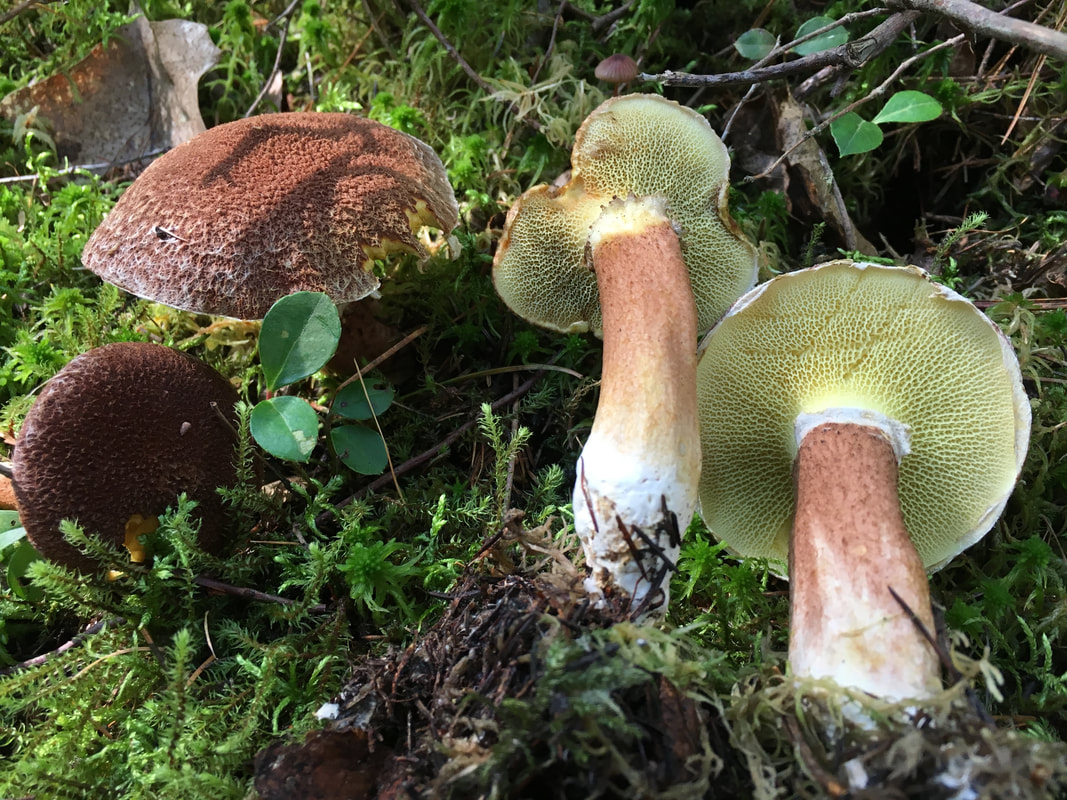
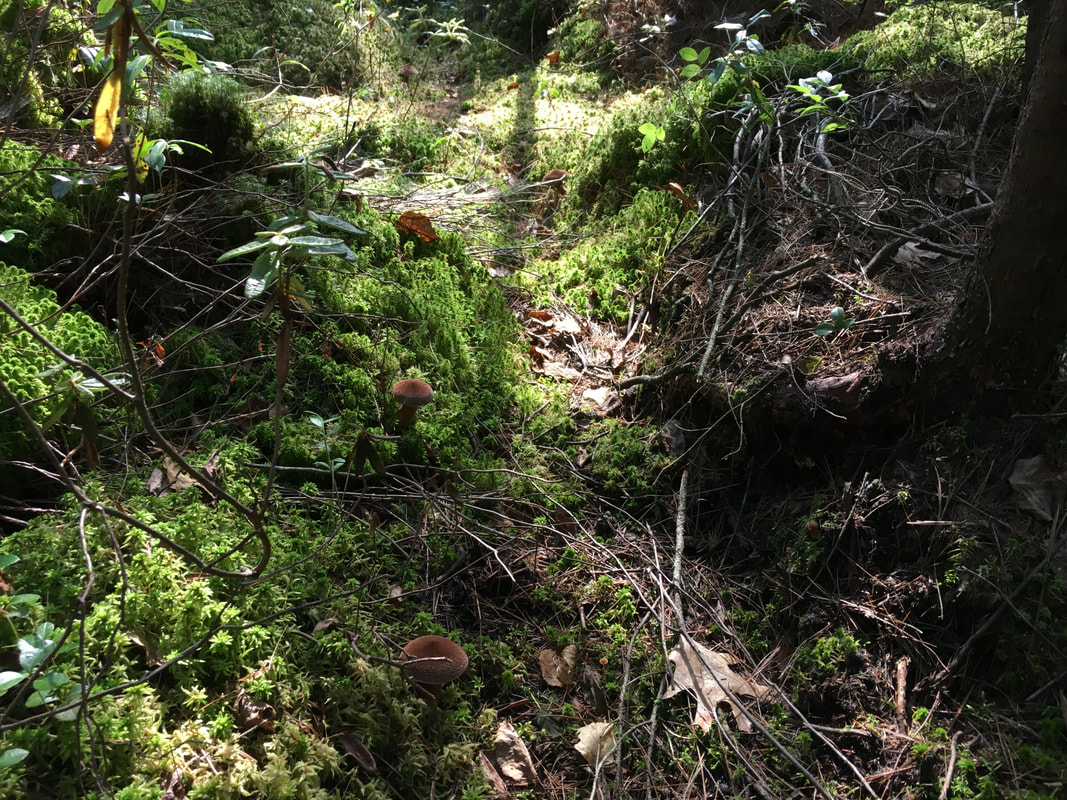
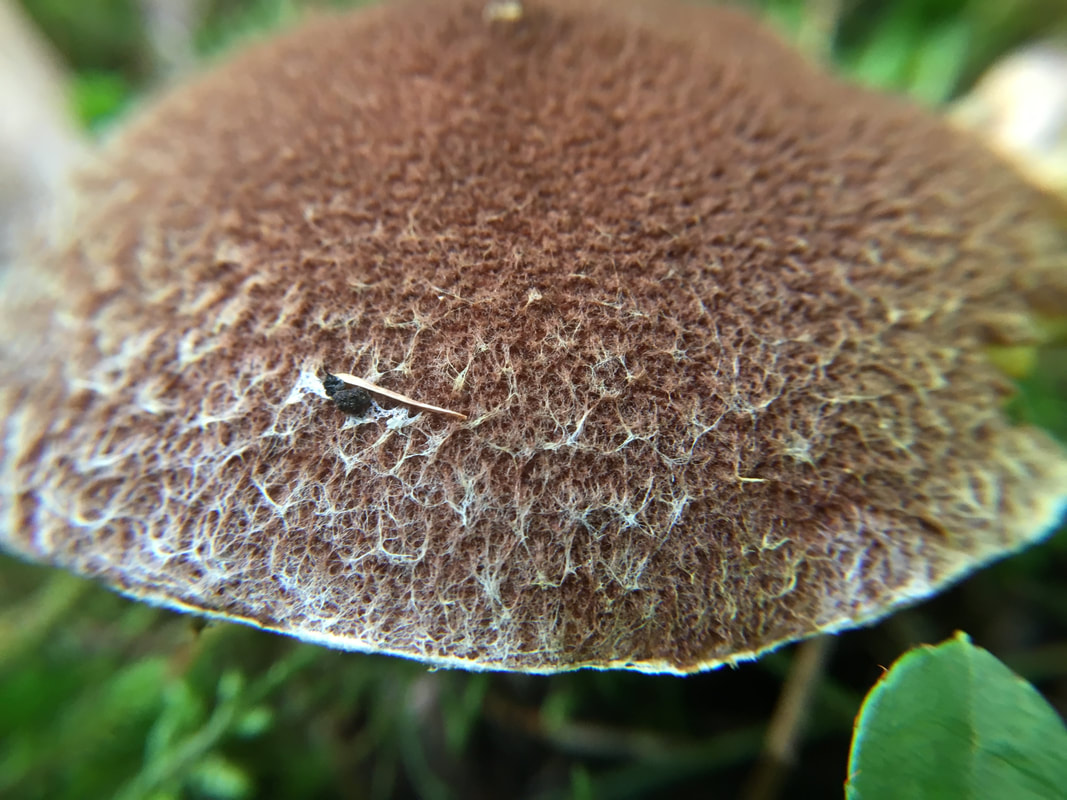
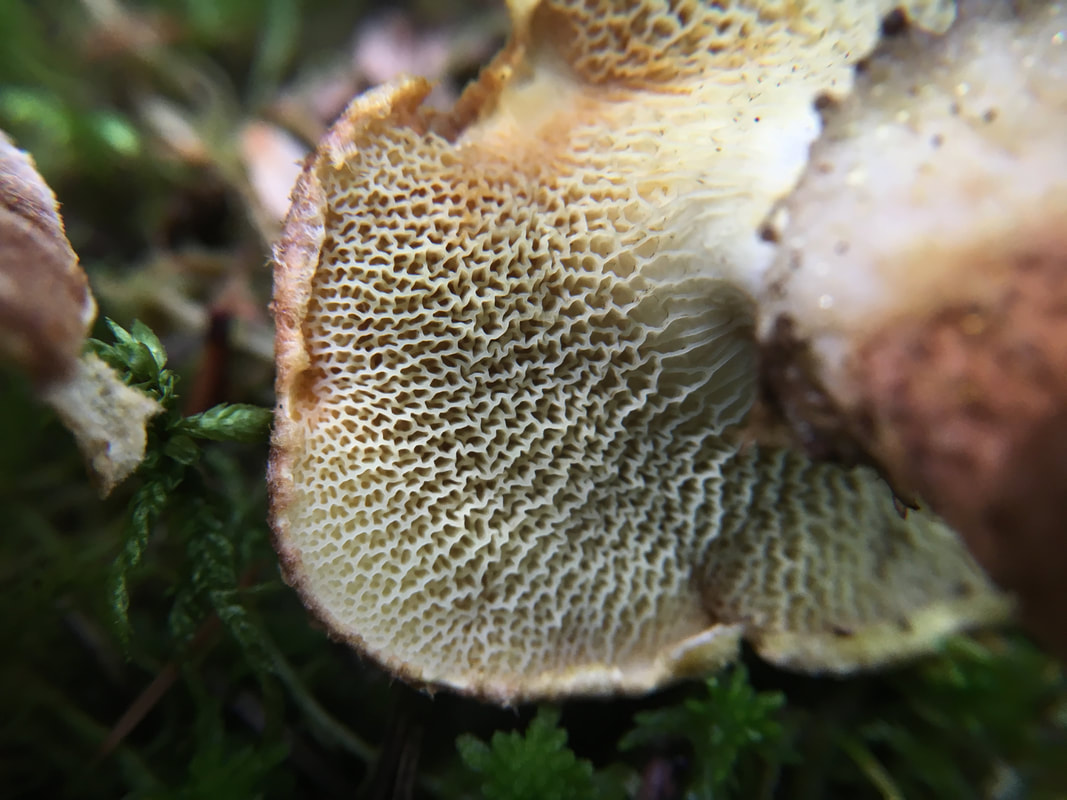
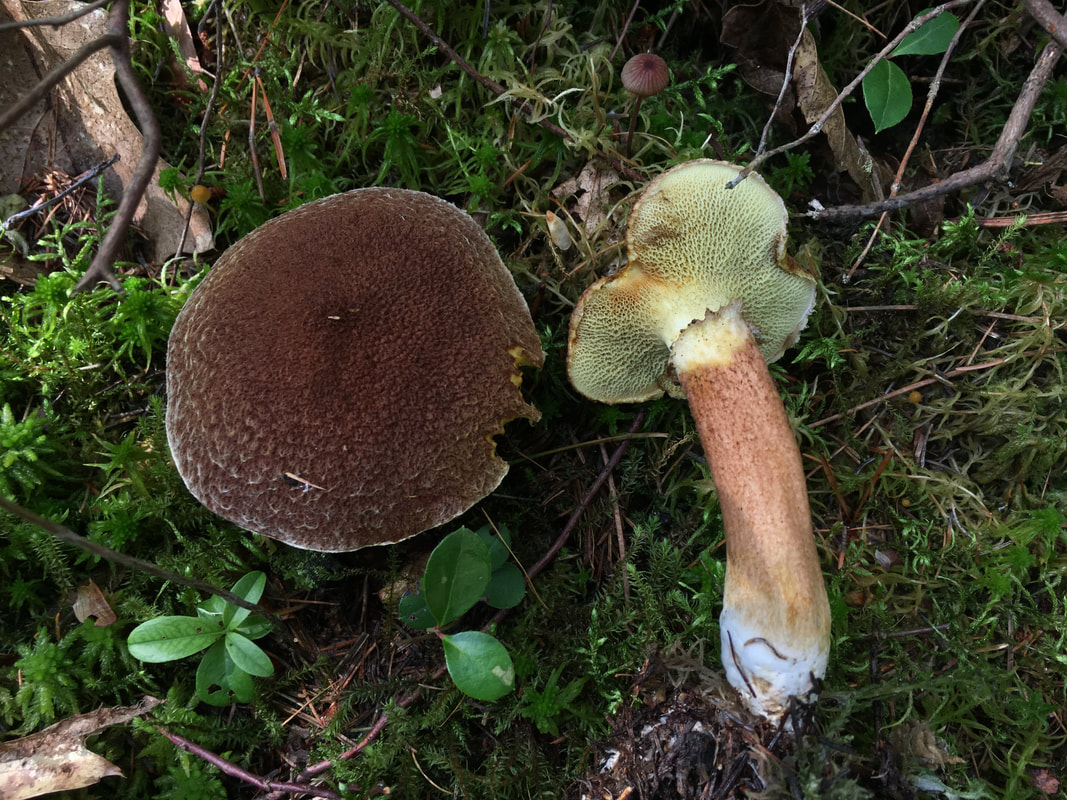
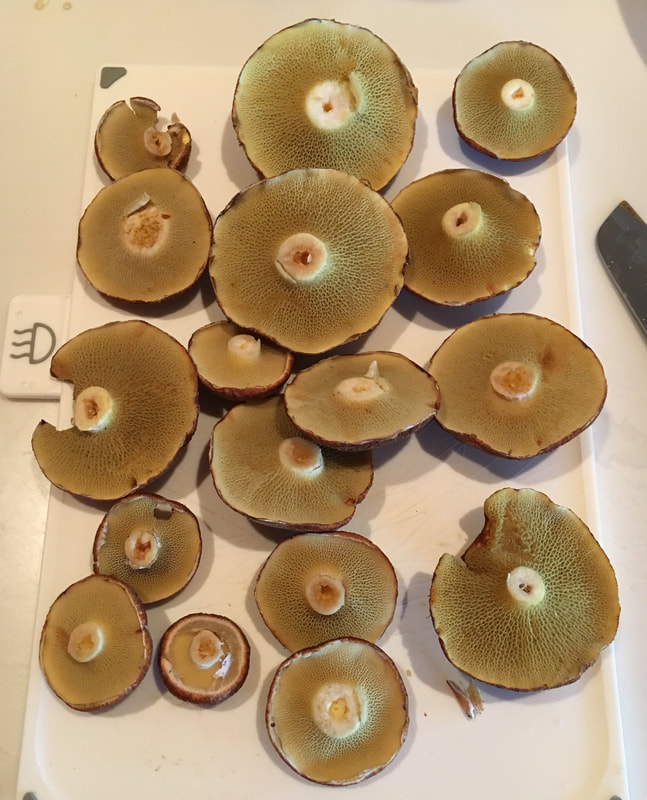

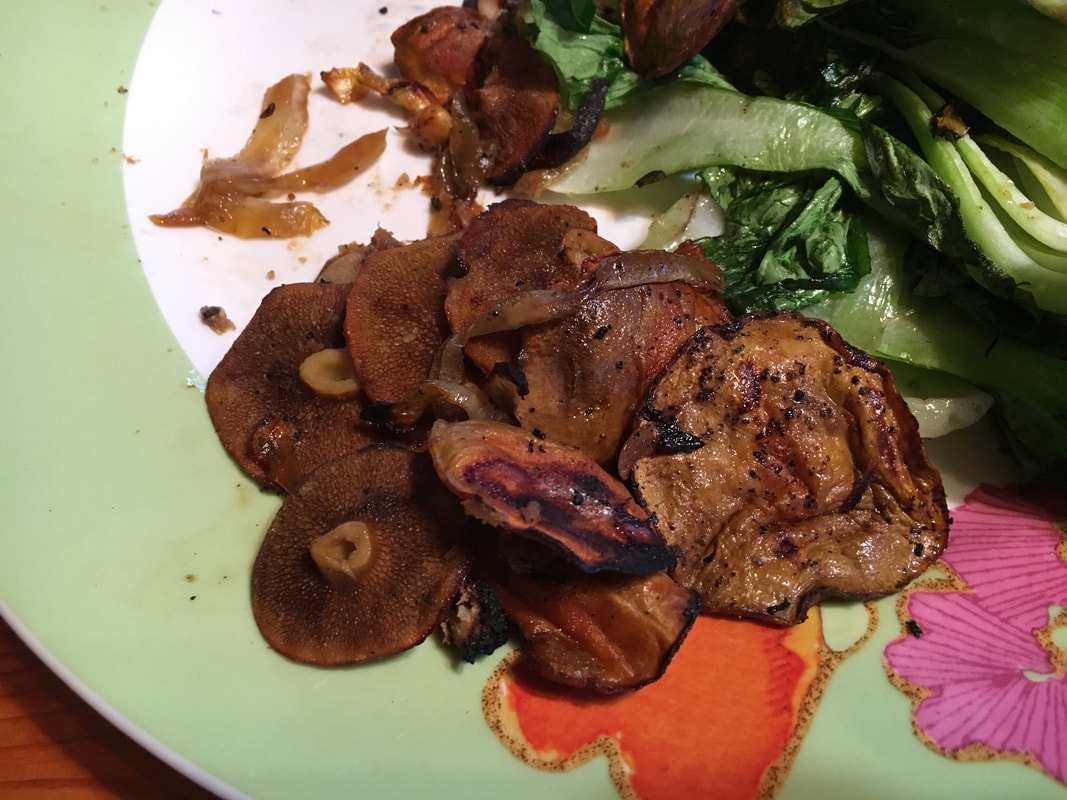
 RSS Feed
RSS Feed




